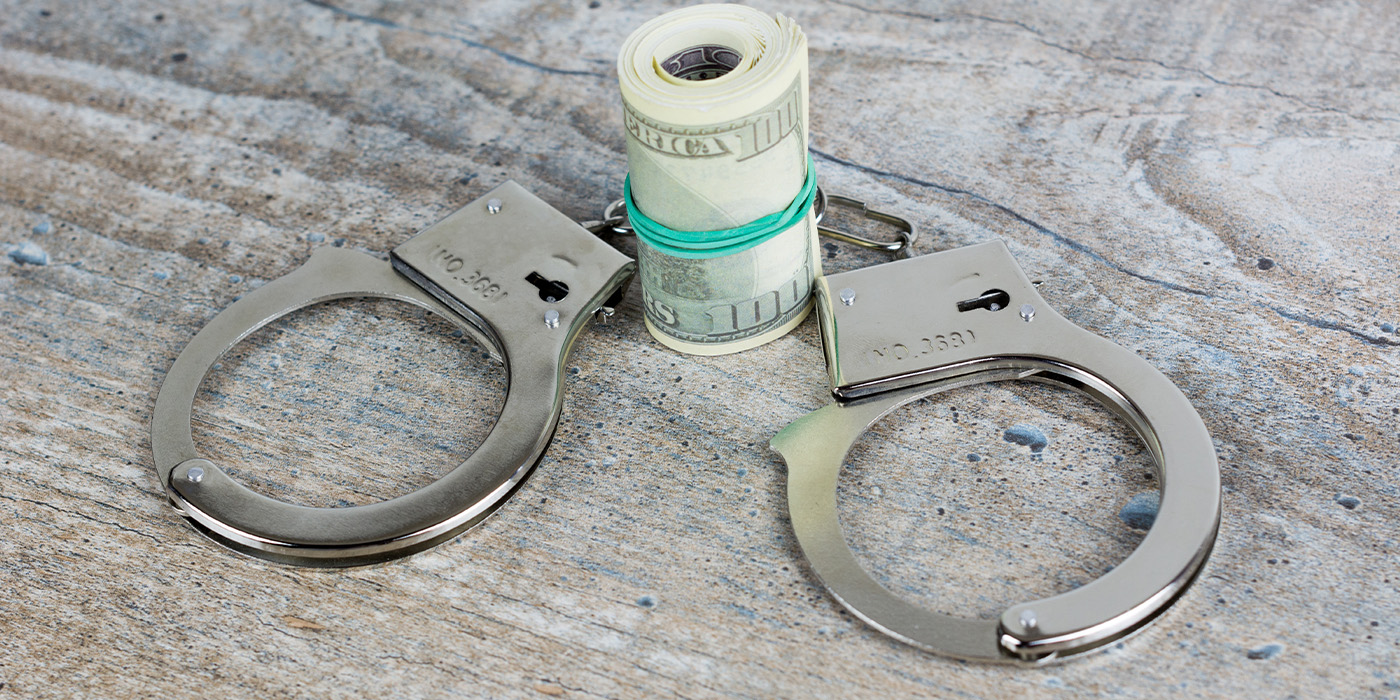My mother-in-law just moved out of the house that she and my wife’s father built more than 60 years ago. As she was packing what treasures she absolutely had to take with her, I was in the basement, rummaging through a few of the remaining boxes she planned to leave behind.
In one of them, under a few stacks of old bookkeeping ledgers from some business she had apparently owned at some point in the past, I found gold. Well, yellowed paper anyway.
In the middle of the box, I found two classic historical documents: a 1968 copy of CAR-TOONS magazine and the May 1969 issue of Hot Rod.
Now, as a kid, I was passionate about two things: being an astronaut and becoming a racecar driver. If I wasn’t drawing Saturn V rockets, I was sketching hulking race cars with huge smoking rear tires bent over tiny front ends. A snarling, frantic driver leaned out the window and the transmission shift lever pointed out through the roof.
Ed “Big Daddy” Roth had a big impact on my love of cars, though he didn’t really do much for my knowledge of how they worked.
“Looking back at what our heroes had to overcome can help us reignite the passion for what we can create.“
For that, I turned to another automotive great – Andy Granatelli. One of the three “Flying Granatelli Brothers” of Indianapolis 500 fame, he grew up on the streets of Chicago, repairing cars for whatever the owner would pay. “Start yer car for a buck, Mister?” was his standard line.
His autobiography They Call Me Mister 500 taught me more about cars than I had ever learned before. Iconic engine and suspension component manufacturers and race car drivers became part of my standard language as I imagined myself in every racing situation.
Of course, the closest I got to actual racing was riding my Schwinn Stingray around the empty lots by my house. But, in my mind, I was always in the winner’s circle.
Unlike Andy Granatelli – at least at The Brickyard. The edition of the book that I was given as a boy was first published in April of 1969. Now, if you know your Indy 500 history, you’ll remember that the Granatellis began chasing the BorgWarner trophy at The Brickyard in 1946 with interesting, though never successful, results. When I read it, a month before the 1969 race, Andy was questioning whether he would ever see Victory Lane.
That old issue of Hot Rod was questioning his chances too, against an impressive field of teams helmed by Dan Gurney, Fred Gerhardt, Colin Chapman, Bobby Unser and Parnelli Jones. “Gurney will be the one to beat this year,” Hot Rod predicted. As Andy might say, “Ah – testing the racing gods’ patience.”
As it turns out, Andy’s memoir was reissued only one year after its first printing, because it was suddenly out of date. With Mario Andretti behind the wheel of his STP Hawk III Ford, Andy Granatelli was finally the King of Indianapolis.
Andy Granatelli’s exploits were much of the reason I got into writing about the automotive industry and his writing probably propelled many other young boys into careers working in the industry.
Today, with supply chain issues, gasoline price hikes, technician labor shortages and other challenges, it can be tough to envision nostalgia about this part of the automotive age.
But, I think looking back at what our heroes had to overcome can help us reignite the passion for what we can create. Celebrate the great things that are going on and eventually you’ll be able to look back at the struggles and laugh.














I once worked with a Romanian technician named Alex. He was a tiny guy who chain-smoked. His greatest fear was not a totalitarian dictator. It was fire and falling cars.
Back in those days, we used drop lights with incandescent bulbs. This was long before LEDs and rechargeable batteries. The bulbs would typically stop working when they were lightly jostled. If they were dropped, the glass bulb would shatter.